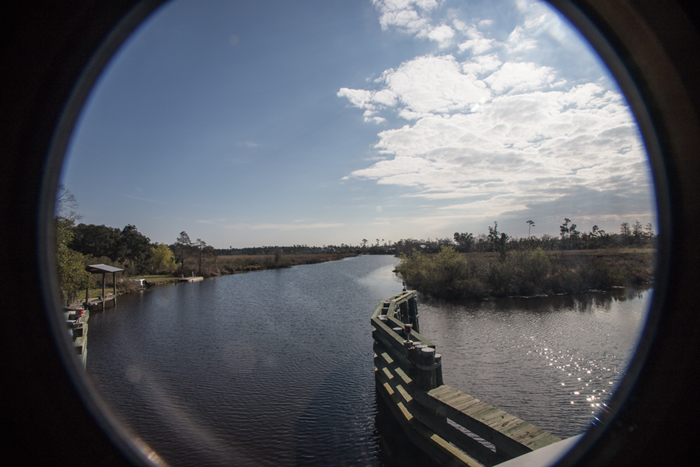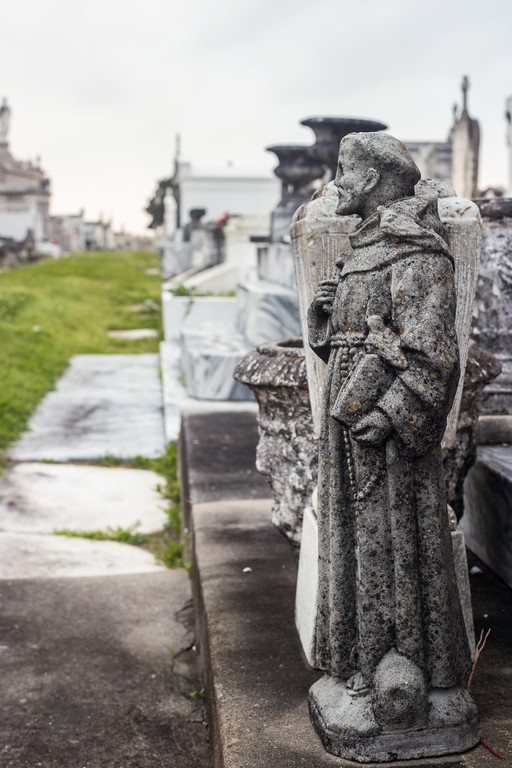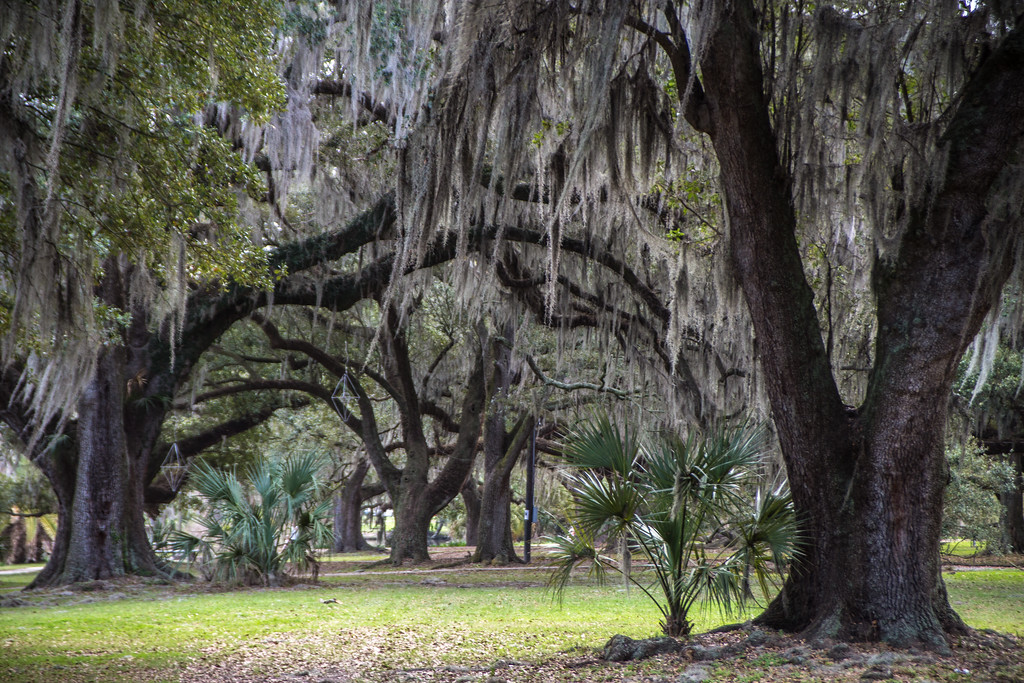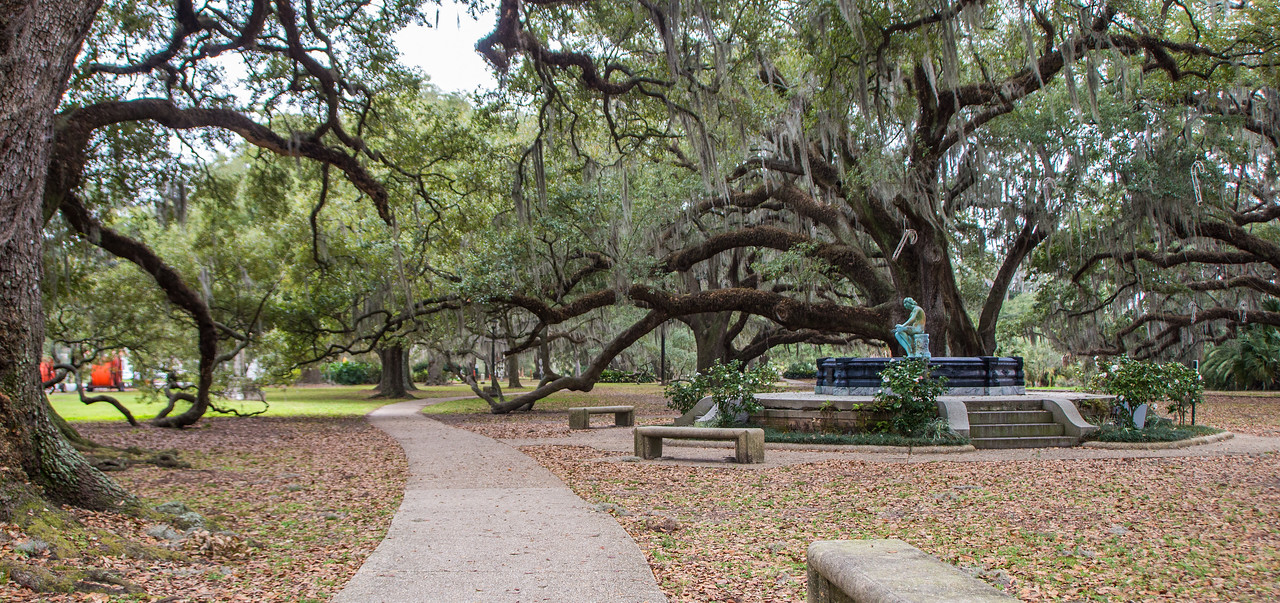Offline
It's individual shots and the team photo. My experience with large groups is limited....I'll have to research it as you suggested. I assume a smaller aperature is necessary to get everyone in focus.
I'm staying tuned for printing options for non-professionals!
I have used Shutterfly for prints when I took photography classes freshman year. They came out pretty good. But haven't tried them in years. I would say maybe 6.3 would be a good aperture to get everyone in focus. Probably 7.1 to be safe.
I assume this will be during the day?







